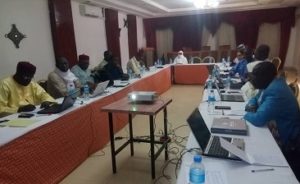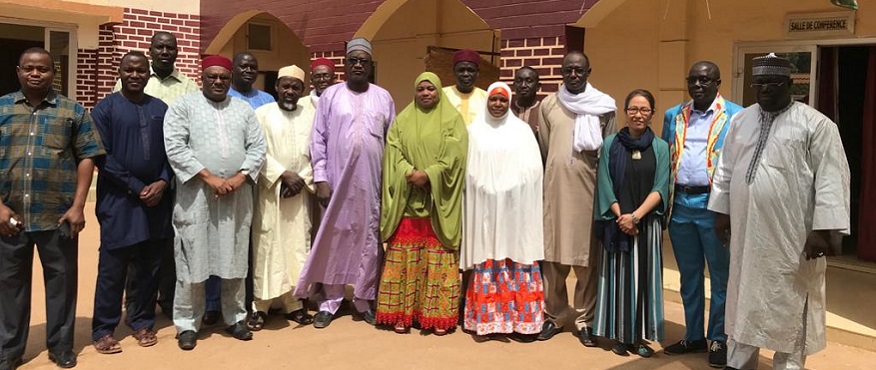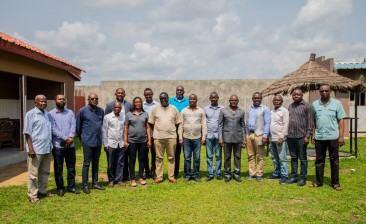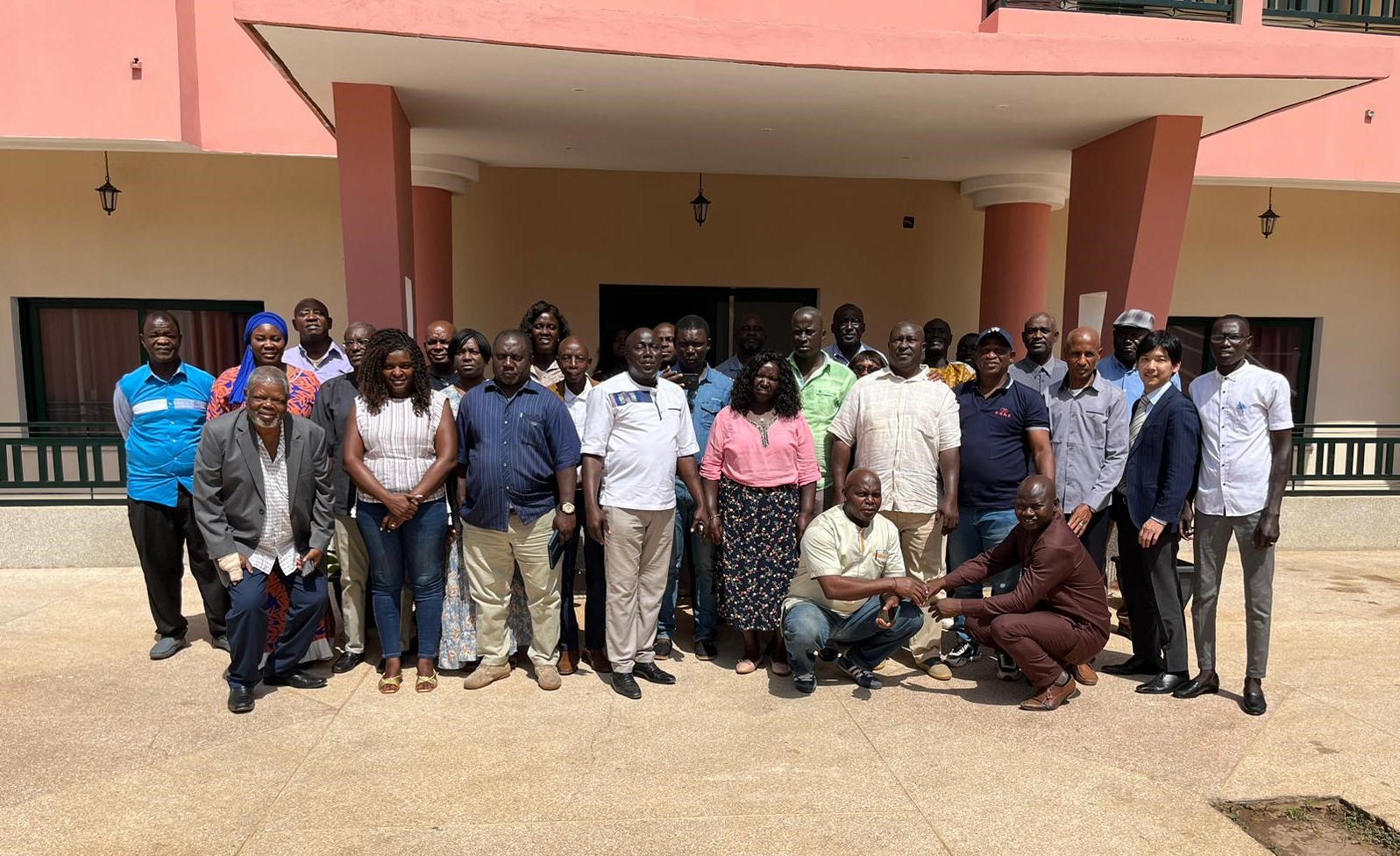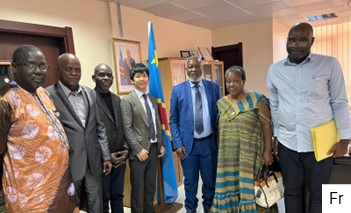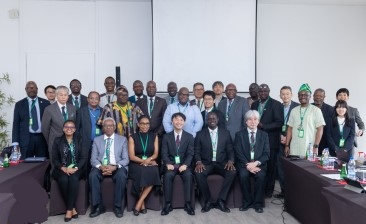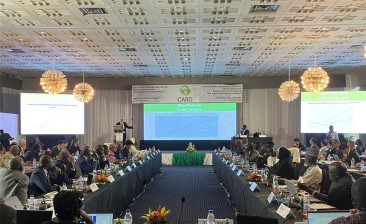Niger, March 2020
Third CARD Working Week on the revision of National Rice Development Strategy in Niger
In Niger, rice is the third cereal after millet and sorghum, in terms of both cultivated area and production. Rice consumption has increased from 18 kg/year/capita (2010-2017 period) to 20.4 kg/year/capita in 2018, which has increased the total rice requirement of the country from 257,434 tons in 2010 to 435,150 tons in 2018 (an average increment of 22,215 tons/year). To meet the demand for rice, Niger has to import rice. Thus, rice imports have increased from 144,000 tons in 2010 to 526,000 tons in 2018. To overcome this situation of high dependence on imports of rice, Niger can only reinvigorate the sector throughout its value chain in order to reduce the rice import bill. In this regard, the high authorities have decided to accelerate the pace of the development of the sector in order to reach self-sufficiency in 2023 and to release a stock of security by 2030.
To achieve these targets, Niger is planning to revise its National Rice Development Strategy (NRDS) in order to allow the country to achieve rice self-sufficiency in 2023. It is in this context that the third working week was conducted to review the NRDS (from 16th to 20th of March 2020).
Chaired by the representative of the High Commissioner for the 3N initiative (les Nigériens Nourrissent les Nigériens), the workshop saw the participation of the major actors of the various segments of the rice value chain in Niger. The objective of the workshop was to finalize the draft of the new NRDS and to collect data on rice-related projects in Niger.
Key outputs / Result
In terms of the results, it should be noted that the participants developed the draft of the NRDS, which constitutes the frame of reference for all public interventions for the development of the rice sector. Its elaboration followed a participatory approach, involving all key actors.
In the new NRDS; the general objective adopted is “to contribute in the medium term to a sustainable increase in the national production of rice in quantity and quality in order to, in the long-term, meet the needs and requirements of consumers and export to the regional and international markets”. Specifically, it will involve: (i) increasing rice production and productivity; (ii) promoting the processing, marketing, and competitiveness of local rice; and (iii) improving the institutional environment and the technical and organizational capacities of the value chain actors.
To achieve these objectives, it is chosen to modernize and intensify the production systems in order to reach production levels of nearly 900,000 tons of paddy in 2023 and 1,520,000 tons in 2030. To do so, it is planned to proceed with the rehabilitation of 19,000 ha of current irrigation schemes, the realization of nearly 50,000 ha of new irrigation schemes, and the modernization and strengthening of processing units. In addition, actions should focus on capacity building and on the improvement of access to inputs with due recognition of the agronomic standards.
The projections show that if the new NRDS is not implemented, the rice deficit would amount to 445,000 tons in 2023 (close to FCFA 250 billion of import bill) and the deficit will increase to 648,000 tons in 2030 (nearly FCFA 350 billion of import bill). But, if the new strategy is implemented, Niger could reach self-sufficiency in rice in 2023 and have a stock of security of 39,358 tons in 2023 and 248,700 tons in 2030.
The implementation of the NRDS will require an estimated investment of 1.182 billion FCFA and will have an impact on the socio-economic development of the country. The impacts will include an increase in the coverage of rice consumption needs to about 133% by 2030 and an improvement of the balance of trade. In addition, the private sector will be heavily involved, and new jobs will be created in the sector for the benefit of young people and women.
The strategy adopted for the sustainability of the NRDS implementation is mainly based on the realization of large infrastructure investments by the Government, facilitation of access to inputs, and greater involvement of the private sector and producers, in particular through contract farming. In addition, it appears that many initiatives (40 projects) are ongoing or under formulation that will enable the rapid implementation of the new strategy. Added to this is the development of a special program for the promotion of rice cultivation aimed at achieving rice self-sufficiency in 2023. This program will lead to the implementation of the activities under the first phase of the strategy.
Going forward, the drafted NRDS document will be further reviewed and finalized by June 2020. To this end, after receiving the technical comments on the draft, a validation workshop will be organized.
